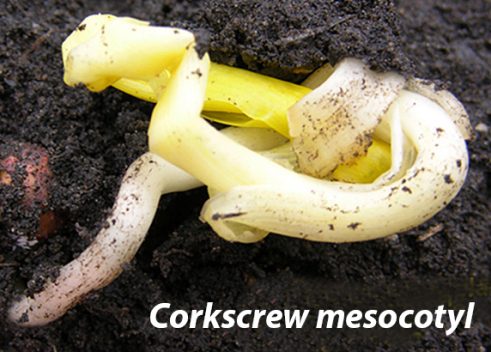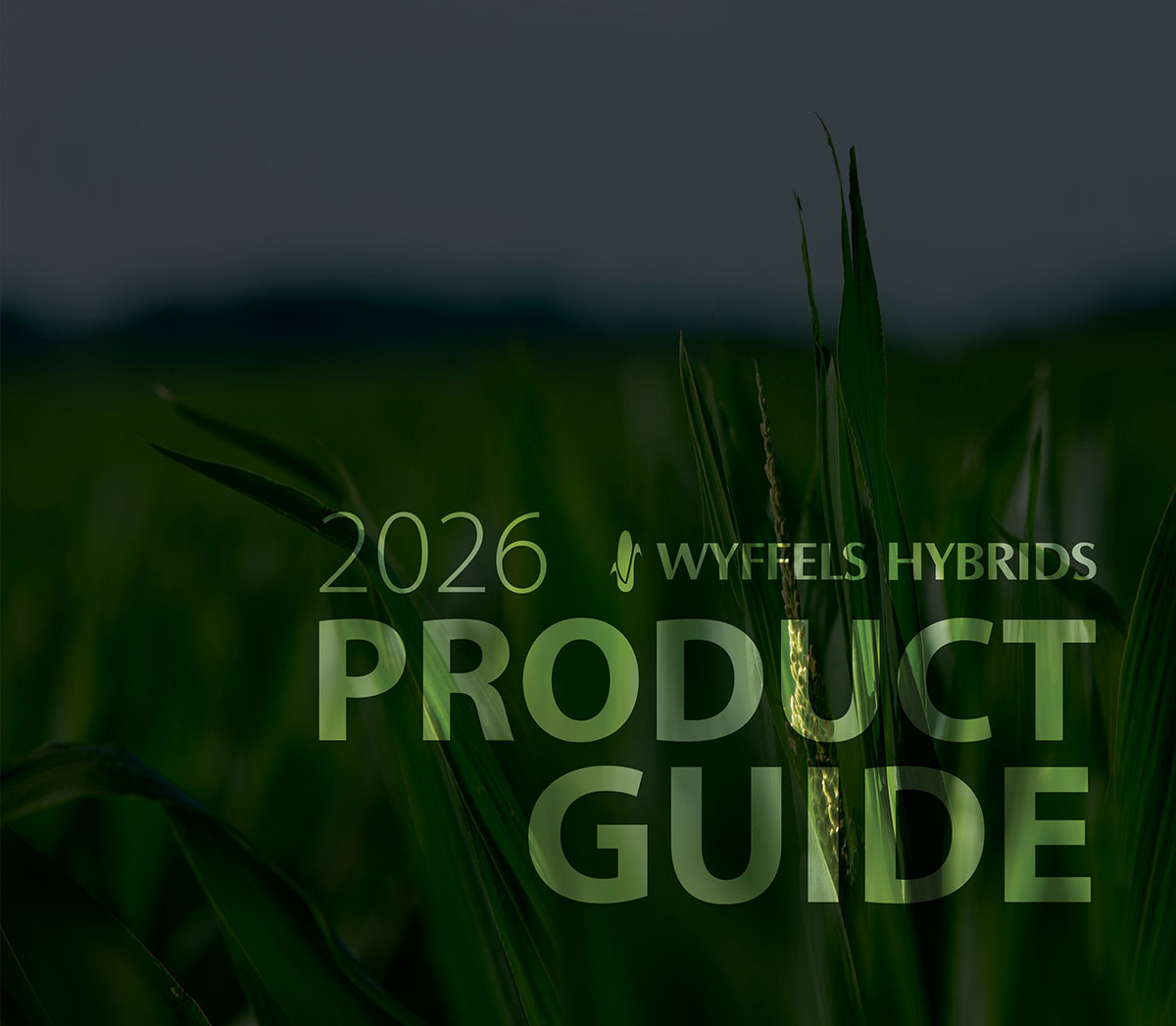
As the days get longer and temperatures warm the urge to start planting grows. Early planted corn and soybeans have done well the past few years, but focus should be on soil conditions rather than the calendar when deciding to start planting.
The two most important soil factors are temperature and moisture. While emergence problems can occur if soil temperatures are below 50°F, planting into soils that are too dry or too wet will lead to more season-long issues. Soils moistures are generally high this spring, so this Between the Rows® will focus on the consequences of planting corn into wet soils.
Sidewall Compaction
Pulling a planter through wet soils smears the sides of the seed furrow resulting in a hard-compacted sidewall after it dries. No good comes from sidewall compaction and the penalties are noticed from emergence all the way to harvest. Compacted sidewalls restrict root growth, resulting in limited nutrient uptake and ultimately reduced yield potential. A few checks behind the planter to see the condition of the seed furrow is well worth the time.
Open Seed Furrow
Seed furrows will open if rapid drying occurs after planting into wet soils, especially in clay soils. Open seed furrows expose emerging seedlings to herbicide applications, and rootless/floppy corn is also common with open seed furrows. The tricky part with diagnosing problems associated with open seed furrows is that the furrow can close back after a rain. Open seed furrows are typically accompanied by sidewall compaction, amplifying the problem.
Mud Buildup
When planting in wet soils, mud tends to accumulate on moving parts in contact with the soil. Mud covered gauge wheels will cause uneven or shallower planting depth. Build up on in-furrow devices can plug outlets and alter seed depth and spacing, and accumulation on closing wheels can cause improper furrow closure and compaction.
Clods
Tillage in wet springs often lead to cloddy fields, and some soil types will remain cloddy for a long time. Clods cause poor seed to soil contact, uneven seeding depth, and leafing out underground. Stand loss is often high when planting into cloddy fields.
Delayed emergence
Waterlogged soils are oxygen deficient as water molecules fill air pockets in the soil structure. The lack of oxygen will delay crop emergence. Slow growing seedlings are more prone to insect and disease damage than fast growing seedlings. Although seed treatments provide good protection from these pests, they’re not bulletproof and will lose effectiveness if emergence is delayed. Once infected with disease, seeds will rot quickly and seedlings will have discolored, water-soaked tissue. Diseased seedlings may not die, but will be stunted. Healthy below-ground tissue emerging from the seed should have a white, crisp appearance.
Cold, wet soils
Corn needs between 100 and 130 GDDs to emerge, so if soil conditions remain cool and wet after planting, emergence can be significantly delayed. Prolonged exposure to soils cooler than 50° F or 25-30° F swings in air temperature have been associated with corkscrewed seedling growth and leafing out underground.

